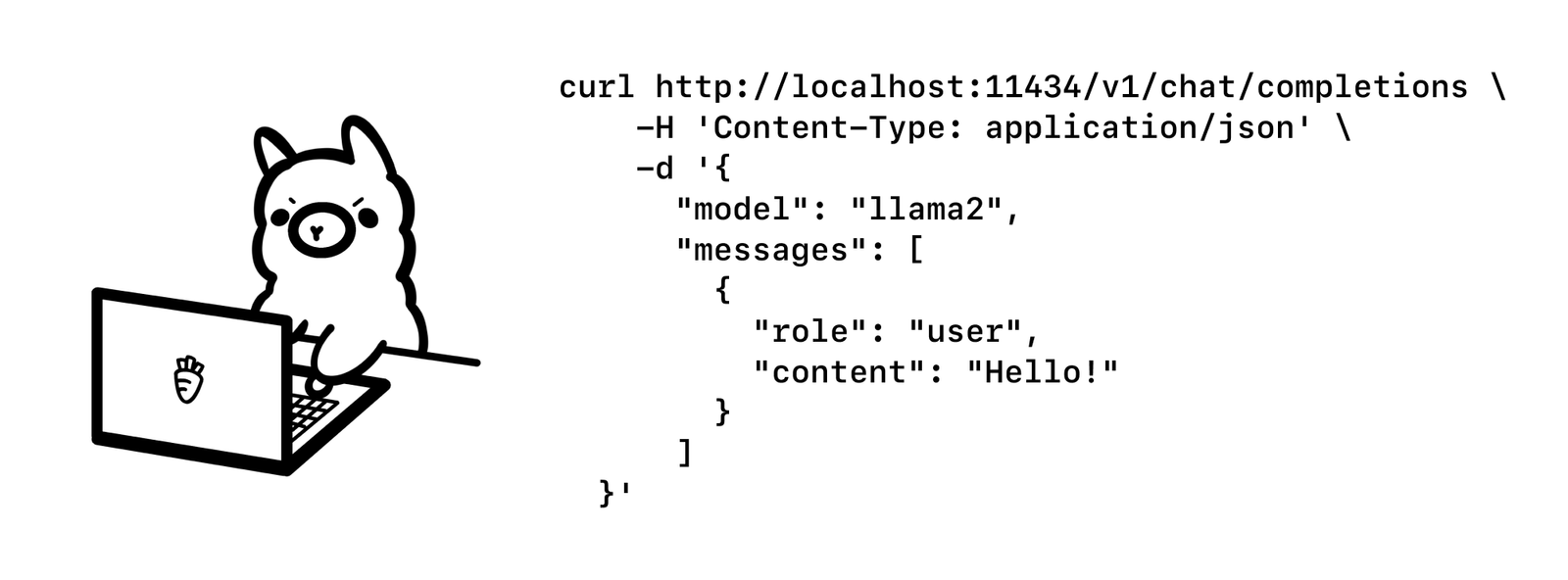Import from GGUF
Ollama supports importing GGUF models in the Modelfile:
- Create a file named
Modelfile, with aFROMinstruction with the local filepath to the model you want to import.FROM ./vicuna-33b.Q4_0.gguf - Create the model in Ollama
ollama create example -f Modelfile - Run the model
ollama run example
Import from PyTorch or Safetensors
See the guide on importing models for more information.
Customize a prompt
Models from the Ollama library can be customized with a prompt. For example, to customize the llama3.1 model:
ollama pull llama3.1Create a Modelfile:
FROM llama3.1
# set the temperature to 1 [higher is more creative, lower is more coherent]
PARAMETER temperature 1
# set the system message
SYSTEM """
You are Mario from Super Mario Bros. Answer as Mario, the assistant, only.
"""Next, create and run the model:
ollama create mario -f ./Modelfile
ollama run mario
>>> hi
Hello! It's your friend Mario.For more examples, see the examples directory. For more information on working with a Modelfile, see the Modelfile documentation.
CLI Reference
Create a model
ollama create is used to create a model from a Modelfile.
ollama create mymodel -f ./ModelfilePull a model
ollama pull llama3.1This command can also be used to update a local model. Only the diff will be pulled.
Remove a model
ollama rm llama3.1Copy a model
ollama cp llama3.1 my-modelMultiline input
For multiline input, you can wrap text with """:
>>> """Hello,
... world!
... """
I'm a basic program that prints the famous "Hello, world!" message to the console.Multimodal models
ollama run llava "What's in this image? /Users/jmorgan/Desktop/smile.png"
The image features a yellow smiley face, which is likely the central focus of the picture.Pass the prompt as an argument
$ ollama run llama3.1 "Summarize this file: $(cat README.md)"
Ollama is a lightweight, extensible framework for building and running language models on the local machine. It provides a simple API for creating, running, and managing models, as well as a library of pre-built models that can be easily used in a variety of applications.Show model information
ollama show llama3.1List models on your computer
ollama listStart Ollama
ollama serve is used when you want to start ollama without running the desktop application.
Building
See the developer guide
Running local builds
Next, start the server:
./ollama serveFinally, in a separate shell, run a model:
./ollama run llama3.1REST API
Ollama has a REST API for running and managing models.
Generate a response
curl http://localhost:11434/api/generate -d '{
"model": "llama3.1",
"prompt":"Why is the sky blue?"
}'Chat with a model
curl http://localhost:11434/api/chat -d '{
"model": "llama3.1",
"messages": [
{ "role": "user", "content": "why is the sky blue?" }
]
}'See the API documentation for all endpoints.

